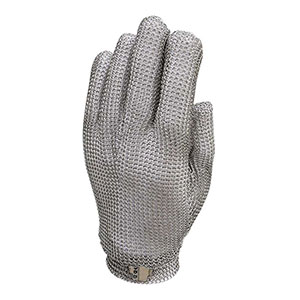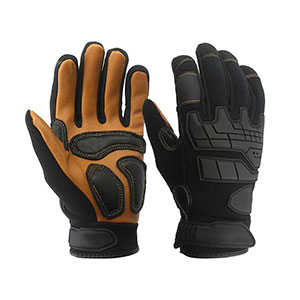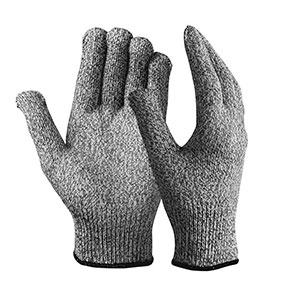Different work gloves have different functions. Let's talk about cut-resistant gloves today. These gloves are specifically designed to protect the hands from cutting injuries caused by sharp tools or materials. I think there are many benefits to knowing the types of cut-resistant gloves because you can choose more suitable gloves according to your own situation.
Let's first talk about the types of cut-resistant gloves, which are mainly divided into three categories:
Stainless steel metal mesh gloves: These gloves are made from tiny stainless steel rings, tightly integrated, and the degree of cut resistance is the highest.

Part-reinforced gloves: The basic lining of this kind of gloves is very strong, such as leather, and additional hard protection will be added to the palms, knuckles and other parts. Generally, they can also be used as mechanical gloves.

Seamless knitted gloves: These are usually made of strong fabric materials, such as HPPE, and are sometimes coated to provide additional protection. Strong flexibility, but its cut resistance is weaker than the first two gloves.

Next, we can learn about the anti-cutting grade (ANSI): A1 to A9, which represents the different endurance capabilities of anti-cutting gloves. The most common places where cut-resistant gloves are used are in the construction and machinery industries. Of course, the need for cut-resistant functions is found in all walks of life.
A1: Handling, parts assembly, paper cutting
A2-A3: Light structure moving, warehouse handling
A4: Automobile assembly, HVAC, electrical, metal/glass handling
A5-A6: Aerospace industry, meat processing, metal processing
A7-A9: Slaughter, industrial pipe fittings, steel cable processing, sheet metal, oil and gas, etc.

















